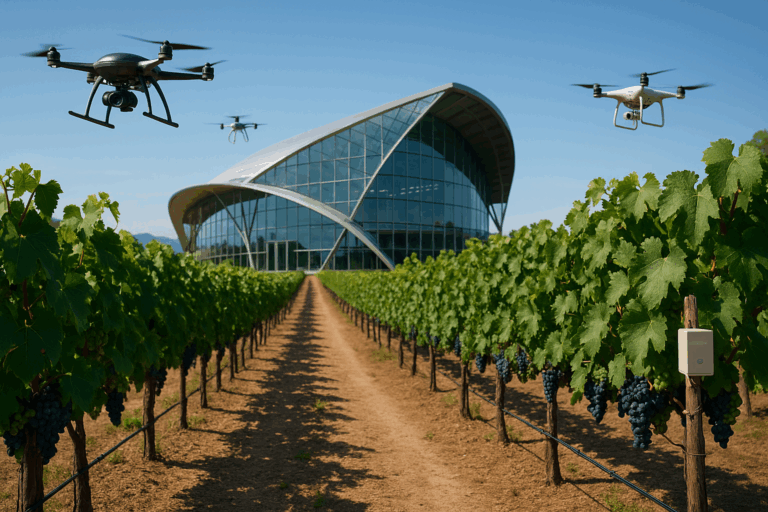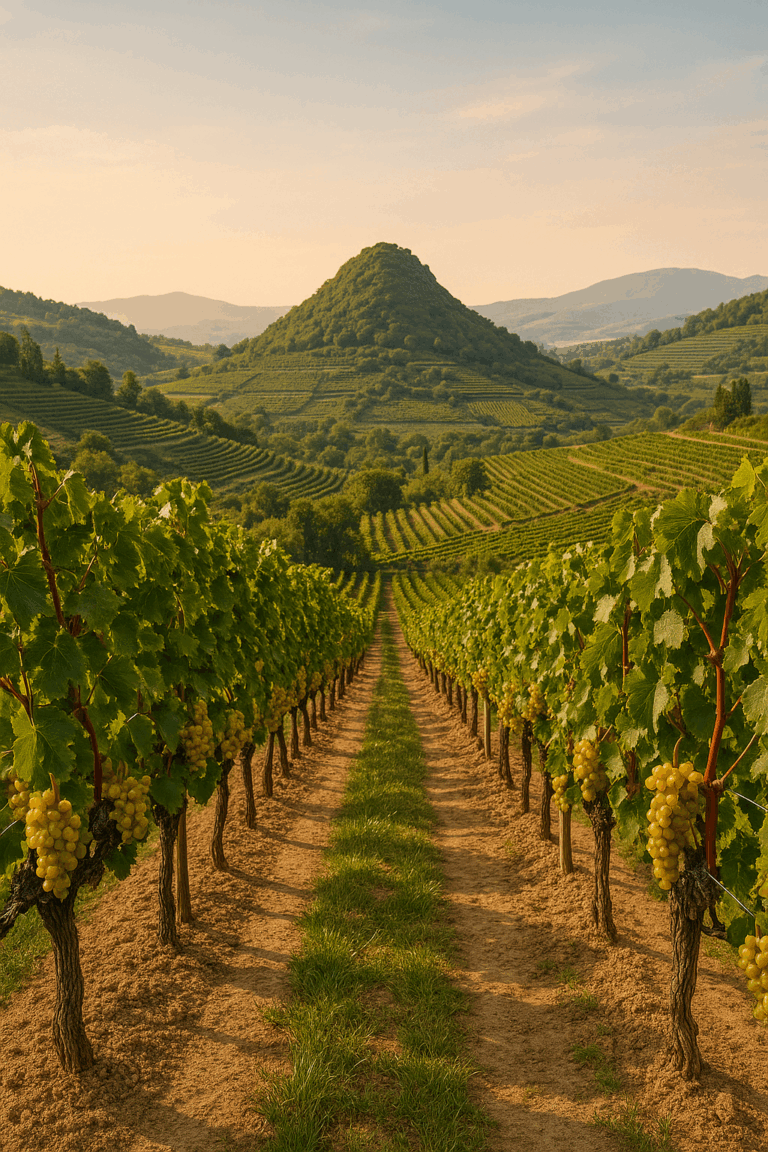How Climate Change Is Impacting the Wine Industry
Wine is deeply tied to nature. The flavor of every bottle is influenced by sunlight, rain, temperature, and soil all of which are changing as the planet warms. Climate change is already transforming the wine industry in ways both subtle and dramatic, affecting everything from harvest dates to the viability of traditional grape regions.
In this article, we’ll explore how climate change is affecting vineyards around the world, what producers are doing to adapt, and what it means for the future of wine.
Earlier Harvests and Riper Grapes
One of the most immediate effects of global warming is that grapes are ripening faster than they did in previous decades. Higher temperatures speed up sugar development in the fruit, which leads to:
- Earlier harvest dates
- Higher sugar content (and therefore higher alcohol)
- Lower acidity
- Potential imbalance in flavor and structure
This has been documented in regions like Bordeaux, Burgundy, and Napa Valley, where harvests now begin 2–3 weeks earlier on average than they did 40 years ago. The challenge is maintaining balance — ripeness without sacrificing freshness.
Traditional Regions at Risk
Many of the world’s classic wine regions were built around specific climate patterns that supported their signature grape varieties. As those climates shift, traditional styles are being challenged.
For example:
- Pinot Noir in Burgundy: hotter summers can lead to overripe fruit and loss of finesse
- Riesling in Germany: reduced cold snaps can affect acidity and noble rot development
- Sparkling wines in Champagne: require cool temperatures to retain acidity and delicacy
In some cases, producers are replanting with different grapes, moving to higher elevations, or seeking shade to preserve traditional profiles.
New Regions Are Emerging
As once-cool regions warm up, areas previously unsuitable for wine are becoming viable. Countries not traditionally known for wine are gaining recognition, including:
- England: producing award-winning sparkling wine
- Scandinavia: experimental vineyards now growing hybrid grapes
- Canada and the northern U.S.: expanding into higher-latitude wine production
- Patagonia (Argentina) and Tasmania (Australia): cooler zones becoming hotspots for Pinot Noir and Chardonnay
These shifts bring opportunity, but also uncertainty as new areas may still lack infrastructure, experience, or stable long-term conditions.
Water Stress and Drought
Climate change isn’t just about temperature. Rainfall patterns are also shifting, bringing more frequent droughts and water scarcity.
Grapevines are relatively drought-tolerant, but extreme conditions can lead to:
- Smaller yields
- Unpredictable quality
- Stressed vines and reduced plant longevity
Producers in dry regions like California, Australia, and South Africa are investing in drip irrigation, cover cropping, and soil management to retain moisture and reduce erosion.
Wildfires and Smoke Taint
Hotter, drier conditions have led to increased wildfires in wine-producing regions like California, Australia, and Chile. Beyond the physical destruction of vineyards, smoke taint has become a serious concern.
Smoke can settle on grapes and leave behind compounds that affect wine flavor, even at low concentrations. Wines may taste ashy, burnt, or medicinal, making entire vintages unsellable.
Some winemakers are investing in protective sprays, timely harvesting, or using smoke-testing labs to manage risk.
Changing Wine Styles
With warmer growing seasons, some wines are naturally becoming:
- Fuller-bodied
- Higher in alcohol
- More fruit-forward and less acidic
This trend has led some producers to adjust fermentation techniques, harvest grapes earlier, or blend with cooler-climate varieties to maintain balance.
Consumer preferences may also evolve people may begin to favor lighter, fresher wines again, prompting stylistic shifts even in warm regions.
Sustainability and Adaptation
In response to climate pressure, many wineries are committing to sustainable practices, including:
- Organic and biodynamic farming
- Water conservation and soil health programs
- Renewable energy use in wineries
- Replanting vineyards with drought- or heat-resistant grape varieties
- Investing in research and climate modeling
Large wine regions and associations are also creating climate action plans to support long-term adaptation.
What It Means for Consumers
Climate change will continue to reshape the wine map. Over time, we may see:
- New regions rising in popularity
- Changes in the taste of familiar wines
- Fluctuating prices based on climate-related crop losses
- Increased interest in sustainable and regenerative producers
For wine lovers, staying informed — and staying open to new styles and regions — will be key. Exploring new wines isn’t just exciting; it’s also a way to support producers adapting responsibly to climate change.
A New Era for Wine
Climate change is no longer a distant threat for the wine world it’s a current and evolving challenge. But with challenge comes innovation. Many producers are meeting these changes with creativity, science, and a renewed respect for nature.
As drinkers, we can appreciate wine not just as a product of tradition, but as a living reflection of its time — and the climate that shaped it.






